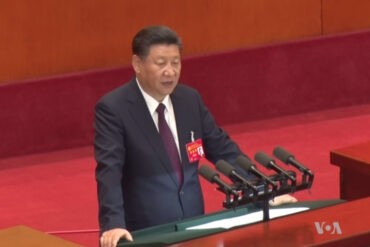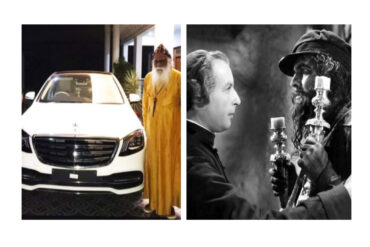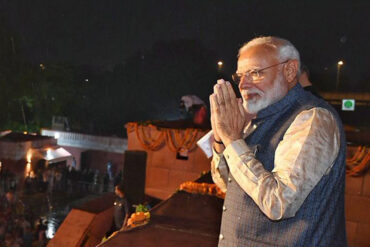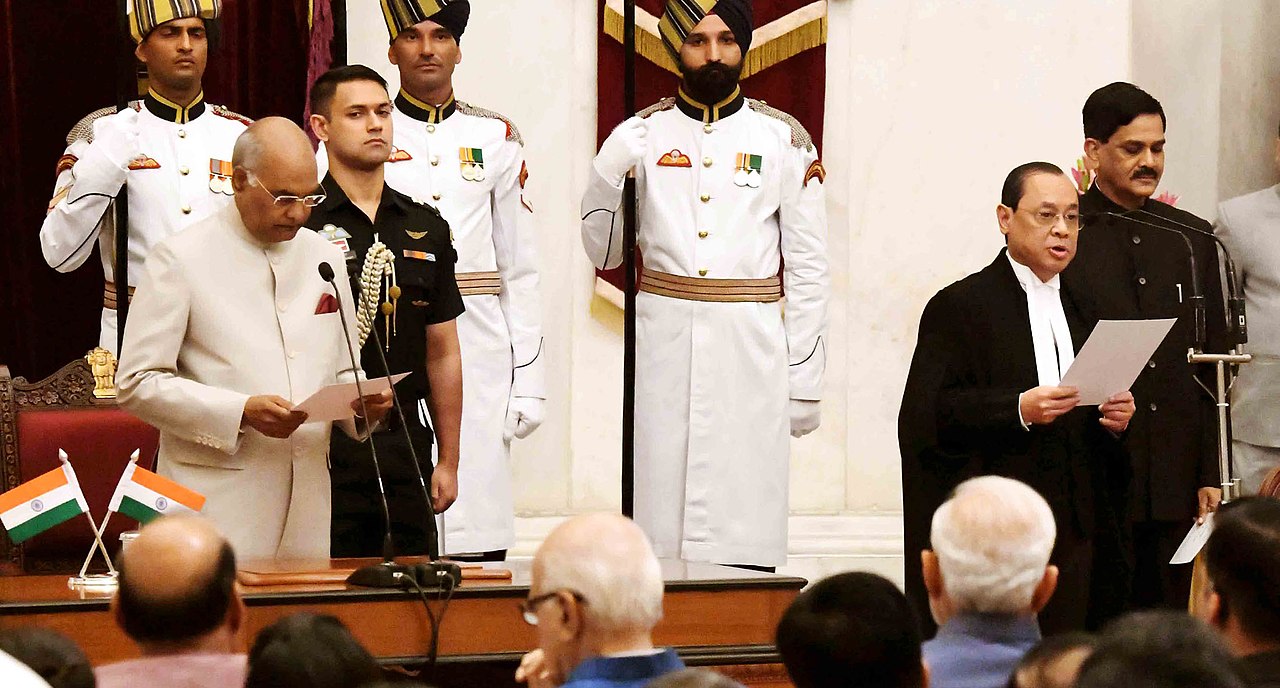It is often said that India joins a global movement a bit late. In October 2017, Hollywood erupted with allegations of sexual harassment and sexual assault against a big time producer, Harvey Weinstein, by several actresses and actors. Thus, began the #MeToo Movement in North America and Europe that soon engulfed most countries around the world.
In India, the #MeToo movement hit the ground exactly a year later, i.e., in October, 2018, when journalists, actresses from Hindi/Tamil/Telugu/Malayalam industries and women in the advertising field spoke out against entrenched sexual harassment at their workplaces by their male bosses or colleagues.
Still, the judiciary and the legal profession seemed unnaturally quiet. Even in the recent past, excepting for a few allegations—a case of a district judge from Madhya Pradesh who had accused a High Court judge of sexual harassment in 2014, or the cases of interns accusing either retired or current judges of Supreme Court in 2012-2013—not much had come to light.
This perception radically changed on 19 April, 2019, when an ex-employee of the Supreme Court accused the current Chief Justice of India, Ranjan Gogoi, of sexual harassment, the consequent termination of her employment, dismissal of her husband and other family members from the Delhi Police, filing of false cases against her resulting in her arrest, custodial torture, and worst forms of victimization and harassment.
She made all these allegations in a sworn affidavit, along with detailed annexures of evidence, including video recordings, and sent them to 22 Judges of the Supreme Court as well as to media outlets.
Most of us know what happened after that—a full Kafkaesque hearing took place on 20 April, 2019, wherein the accused Chief Justice, along with two other judges, questioned the credibility of the Complainant in the open court, and accused her of ‘destabilizing the office of Chief Justice’, egged on by the Law Officers, the Attorney General of India, K K Venugopal, and the Solicitor General of India, Tushar Mehta.
All the procedures known to law were violated in that hearing, and an irreparable damage was done to the institutional integrity of the Supreme Court.
On 23 April, 2019, the second senior-most judge, Justice S A Bobde was given the task of dealing with the complaint of sexual harassment, and thereafter he set up a Committee of three judges, including himself, Justice N V Ramana, and Justice Indira Banerjee.
Justice Ramana soon recused himself from the Committee, after the Complainant raised objections relating to his proximity to the Chief Justice, and Justice Indu Malhotra was inducted as the third member. It was hoped that with two women judges, the Committee would act in a sensitive and victim-friendly manner and would follow its own landmark judgment in Vishakha v. State of Rajasthan (1997).
However, from the beginning, the Committee behaved as if it was doing a favour to the Complainant by conducting the ‘inquiry’, and was not covered by any rules governing either an In-House committee or a committee set up under the Sexual Harassment of Women at Workplace (Prevention, Prohibition and Redressal) Act 2013.
The Complainant repeatedly asked the Committee to allow her lawyer to be present or to have a support person, since this was not an ordinary complaint of sexual harassment, but against the Chief Justice of India, and had to be handled in an extremely fair manner. Further, she stated that owing to severe stress in the last six months, she had lost hearing in one ear, and could not hear the judges properly, and need a support person for assistance. These legitimate demands were not agreed by the Committee resulting in the Complainant deciding to withdraw from the proceedings on 30 April, 2019.
However, the Committee continued its proceedings ex-parte, and called the Chief Justice for his testimony, which eventually culminated in the committee’s report dated 05.05.2019. The said report found ‘no substance’ in the complaint, and gave a ‘clean chit’ to the Chief Justice. The entire proceeding lasted 10 days, in what would be one of the fastest ‘inquiries’ conducted by any committee.
As expected, the conduct of the Committee sent shockwaves across the country. What has stunned people is that the highest Constitutional Court has given up even the pretense of holding a fair inquiry, let alone actually doing it. The brazenness with which all procedural safeguards have been violated has shocked the legal and public ‘conscience’ to an unimaginable extent.
What is most heart-wrenching is that it is the same Supreme Court of India that delivered the path-breaking Vishakha decision. In Vishakha, the Supreme Court categorically held that “each such incident (sexual harassment) results in violation of the fundamental rights of ‘Gender Equality’ and the ‘Right of Life and Liberty’. It is a clear violation of the rights under Articles 14, 15 and 21 of Constitution. One of the logical consequences of such an incident is also the violation of the victim’s fundamental right under Article 19(1) (g) ‘to practice any profession or to carry out any occupation, trade or business’.”
Thereafter, the Court laid down detailed guidelines, in order to set up a mechanism to deal with complaints of sexual harassment at the workplace in the absence of legislation. Post Vishakha, the Supreme Court in different cases sought to strengthen the redressal mechanisms against sexual harassment.
In Medha Kotwal & Ors. v. Union of India (2012), the Apex Court passed a series of orders directing the Central Government and the State Governments to amend the Central Civil Services (Conduct) Rules, 1964, wherein “the report of the Complaints Committee shall be treated as a report in the disciplinary proceedings by an Inquiry Officer under the CCS Rules.”
In Seema Lepcha v. Union of India (2013), the Supreme Court directed the Central Government and the State Governments “to give comprehensive publicity to the notifications and orders issued by it in compliance of the guidelines framed by this Court in Vishaka’s case and the directions given in Medha Kotwal’s case by getting the same published in the newspapers having maximum circulation in the State after every two months”.
In December, 2014, the Supreme Court in ADJ ‘X’ v. Union of India (2014, a district judge had accused a judge of the Madhya Pradesh High Court of sexual harassment, and due to victimization, she was constrained to resign.
Challenging the procedure followed by the High Court, which violated the ‘In-House Procedure’, the Complainant approached the Supreme Court, which, in a landmark judgment, reiterated the procedure laid down in the ‘In-House Procedure’ to investigate complaints of misconduct against the High Court and Supreme Court judges.
The Court categorically held that “it is therefore imperative, that the procedure adopted for the investigative process, is absolutely fair for all concerned. The procedure should be such as would ensure, that it would be shorn of favoritism, prejudice or bias. Presence of any one of the above would vitiate the entire investigative process”.
In one of the first instances of misconduct against a sitting Judge of the Supreme Court, the then Chief Justice of Supreme Court, Justice Sabyasachi Mukherjee had addressed the Bar in July, 1990 stating that “the Supreme Court must uphold the rule of law. It is, therefore, necessary that those who uphold the rule of law must live by law and judges must, therefore, be obliged to live according to law. The law, procedure and the norms applicable in this case, enjoin that the expenses incurred by the Court for the Judges must be according to the rules, norms and the practice. No man is above law or the rules.”
Sadly, the Supreme Court of India has failed to follow its own words or deeds as well as its own judgments. It has failed to protect its own institutional integrity, constitutional propriety, and the trust of the people in the administration of justice.
Most importantly, the apex Court has failed each and every woman of India—and not just the Complainant—who reposed faith in the Supreme Court to protect their fundamental rights.







